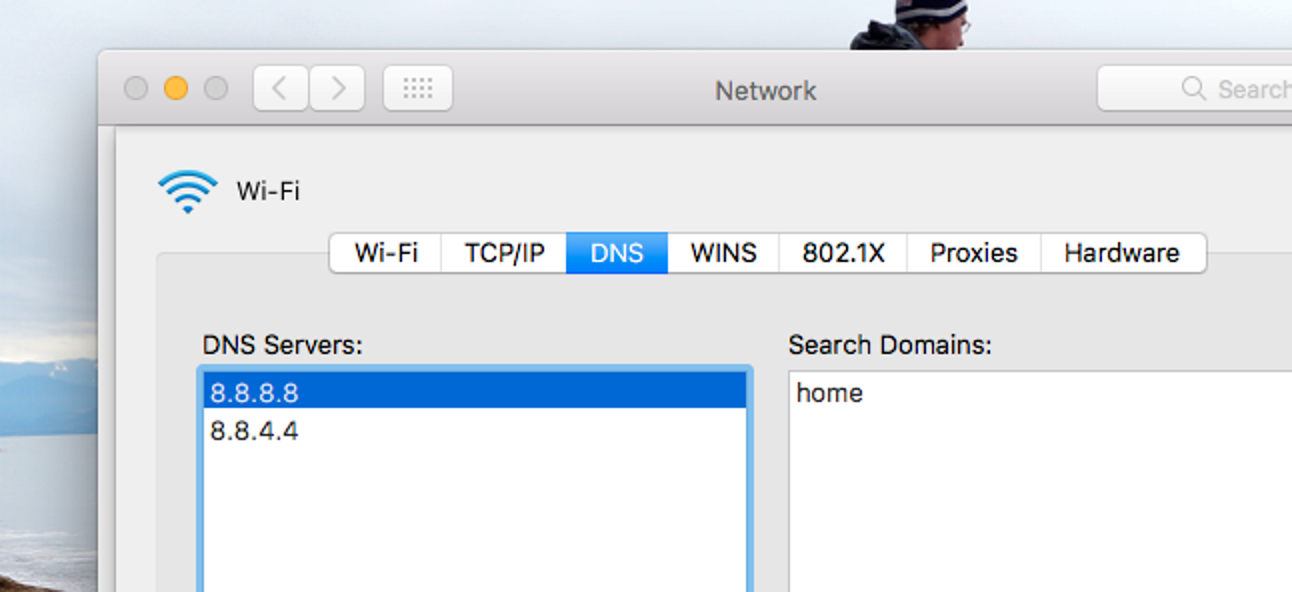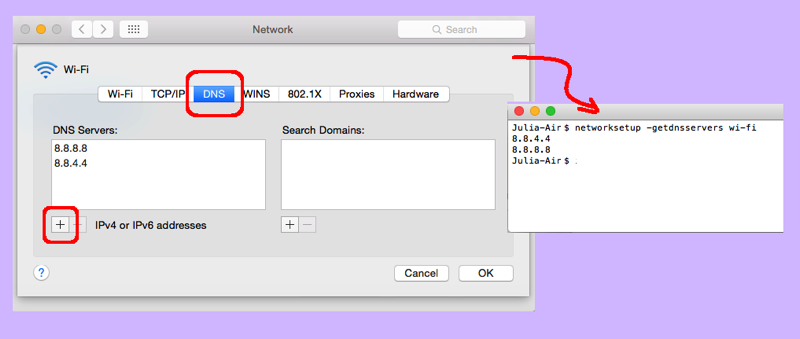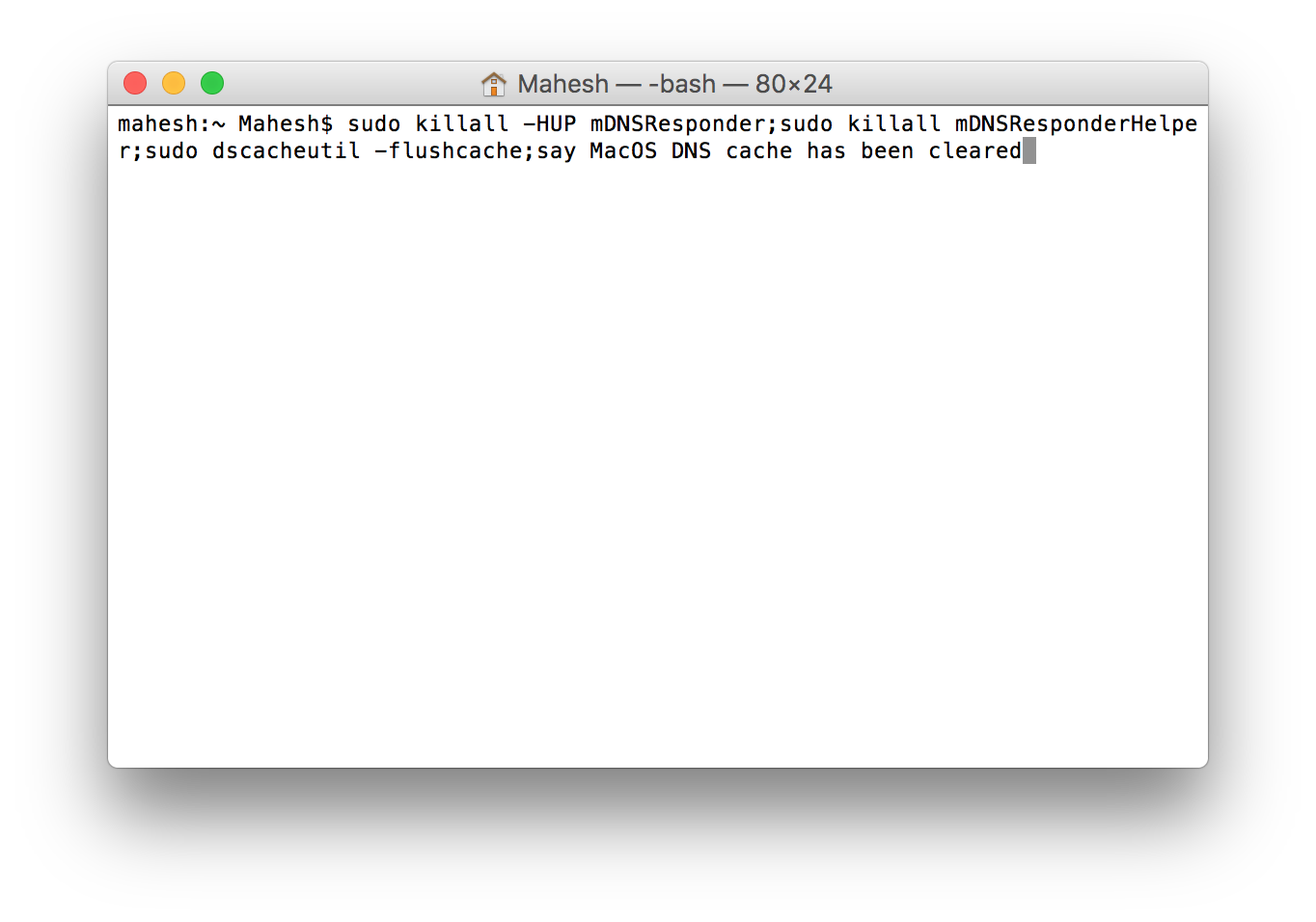
- How to delete dns servers mac mac os x#
- How to delete dns servers mac password#
- How to delete dns servers mac mac#
How to delete dns servers mac mac#
This command clears MDNS and UDNS caches. DNS in macOS is handled through mDNSResponder, killing the process is the easiest way to reset your DNS cache on a Mac aside from rebooting and manually changing DNS settings. Open Terminal and enter the command below.
:max_bytes(150000):strip_icc()/002-network-preference-pane-change-macs-dns-settings-2260394-8f4bf72c6f5f48ee8972be5ee60701f0.jpg)
How to delete dns servers mac password#
If you enter a wrong password, Terminal will tell you as much, allowing you to re-enter the password or requiring you to enter the command again. This is just how Terminal operates, and as long as you enter the password correctly, the DNS cache will still be taken care of. In the event that you type the password into Terminal but don’t see the cursor move, don’t be alarmed. Instead, after the DNS flush is finished, Terminal will move to a new line item, at which point the command will have been carried out. The DNS cache will automatically be flushed, but you won’t see any prompts with Terminal confirming that the process has been completed.
How to delete dns servers mac mac os x#
If you want to update DNS entries and you can’t restart your Mac or Server using macOS or OS X, use the terminal commands below (dependent on macOS or OS X version.) Flush the DNS cache in macOS Monterey and older Mac OS X versions macOS Monterey If your Mac isn’t using the latest DNS entries from your server, restarting your Mac usually updates its cached information. For example, if your DNS server has recently changed, you might need to do this. Sometimes it’s necessary to reset the cache immediately and re-query a DNS server. MacOS and OS X keep a local cache of resolved DNS queries for a time specified by the DNS server. scpt File to Your Desktop for Quick Access


So-called DNS spoofin (or DNS cache poisoning) is intended to tap sensitive login data, for example, user details for online banking.



 0 kommentar(er)
0 kommentar(er)
